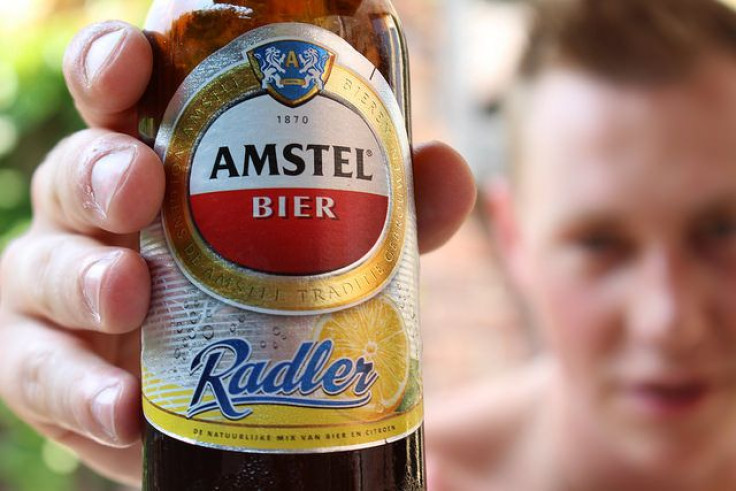Kids Drinking Alcohol: 14% Of UK 11-Year-Olds Admit To It, But It's 5 Times More Likely When Their Friends Do It First

The idea of 11-year-olds picking up a beer bottle might sound hard to believe, but a new UK study published Thursday in BMC Public Health reveals there’s a sizable portion who have at least once — nearly 14 percent.
Even more importantly, though, the authors came across some possible risk factors that influenced them to start drinking at such a young age, particularly their friends and family. After adjusting for other variables, they found that kids who reported their friends drank were five times more likely to drink themselves, and those who reported the same of their mothers were nearly twice as likely. Conversely, but not to the same extent, kids who had a negative opinion about alcohol or viewed it as particularly dangerous were less likely to report drinking.
“Our results suggest that 11 year olds’ perceptions of risk, their expectancies towards alcohol and relationships with their families were independently related to the likelihood of drinking,” the researchers concluded.
Noting the relatively little research on drinking rates among children right as they enter adolescence, the researchers turned to survey data from the Millennium Cohort Study, a “UK nationally representative prospective cohort study of children born into 19,244 families between September 2000 and January 2002.” After taking steps to account for missing data, they ended up looking at 10,498 families whose children had taken the survey at age 11. The study also asked parents about their drinking habits and about the quality of their relationships with their children.
In addition to the aforementioned risk factors, the current researchers also found that kids who were often unsupervised, had a positive opinion of alcohol and were unhappy about their family situations were more likely to drink, though not to the same degree. Of the 13.6 percent who admitted to drinking, they were more likely to be boys (15.7 vs 11.3 percent), have 2 or more antisocial behaviors (42 percent) and also smoke cigarettes (51 percent).
While having a father who drank did initially slightly increase a child’s odds of drinking, that risk disappeared after adjustment. The authors theorized that mothers’ drinking might be more likely to influence their children because it’s more often done in their presence at home whereas dads might do their drinking elsewhere.
As with every study, there are drawbacks to consider. For one, this sort of research can only find a relationship between any two factors, such as teen drinking and parental drinking; it can’t ever tell us for sure which causes which (if they even do). Secondly, there are often differences between cultures in how they treat drinking — as an example, the researchers note that Italian kids are more likely to lightly drink at dinner with their parent’s approval, while Finnish teens are more likely to drink unsupervised and subsequently become intoxicated.
Lastly, though the kids in the study were asked whether they ever drank alcohol, they weren’t asked how often they did. It might turn out that few 11-year-olds are drinking often enough to actually put them in danger. For instance, in the U.S. it’s estimated that 22 percent of teens aged 12 to 20 drank in the past month (as of 2013), but only 14 percent did so to the point where it could be considered binge drinking.
Acknowledging these limitations, the authors still believe that there are important lessons to take away from their findings, especially with regards to prevention.
“Our observations that greater awareness of the harms from alcohol and negative expectancies are associated with reduced odds of 11-year-olds drinking support strategies to empower young people to say no to alcohol. This is particularly important, as undoubtedly, peer influences become stronger in shaping young people’s behaviours as adolescence proceeds,” they wrote.
They conclude by advocating for more direct research on the contexts of teen drinking (Where, when, and with whom do they drink?) as well as an improved understanding of the “relative importance and meaning of drinking in early adolescence.”
After all, while taking a chug of Bud Light in your parents’ basement probably won’t do any lasting harm, it’s known that regular and heavy drinking among young people can lead to other risky behaviors, physical damage, and even premature death.
Source: Kelly Y, Goisis A, Sacker A, et al. What influences 11-year-olds to drink? Findings from the Millennium Cohort Study. BMC Public Health. 2016.



























